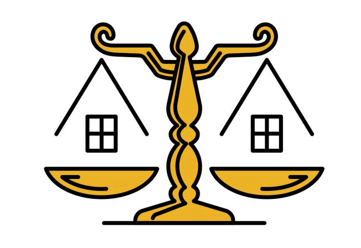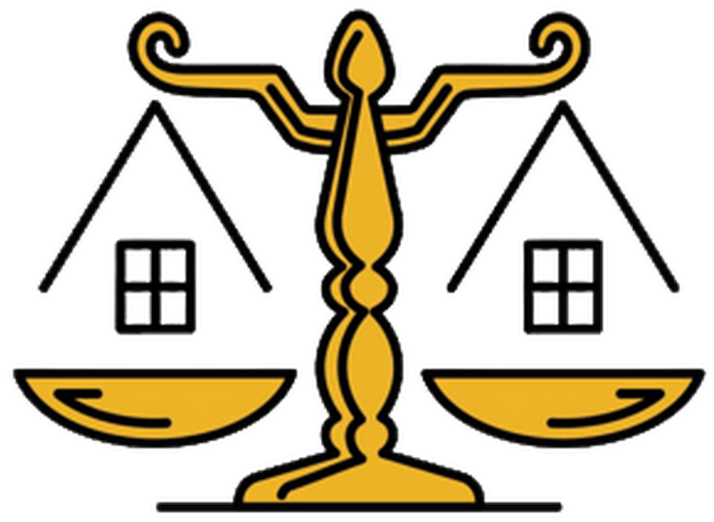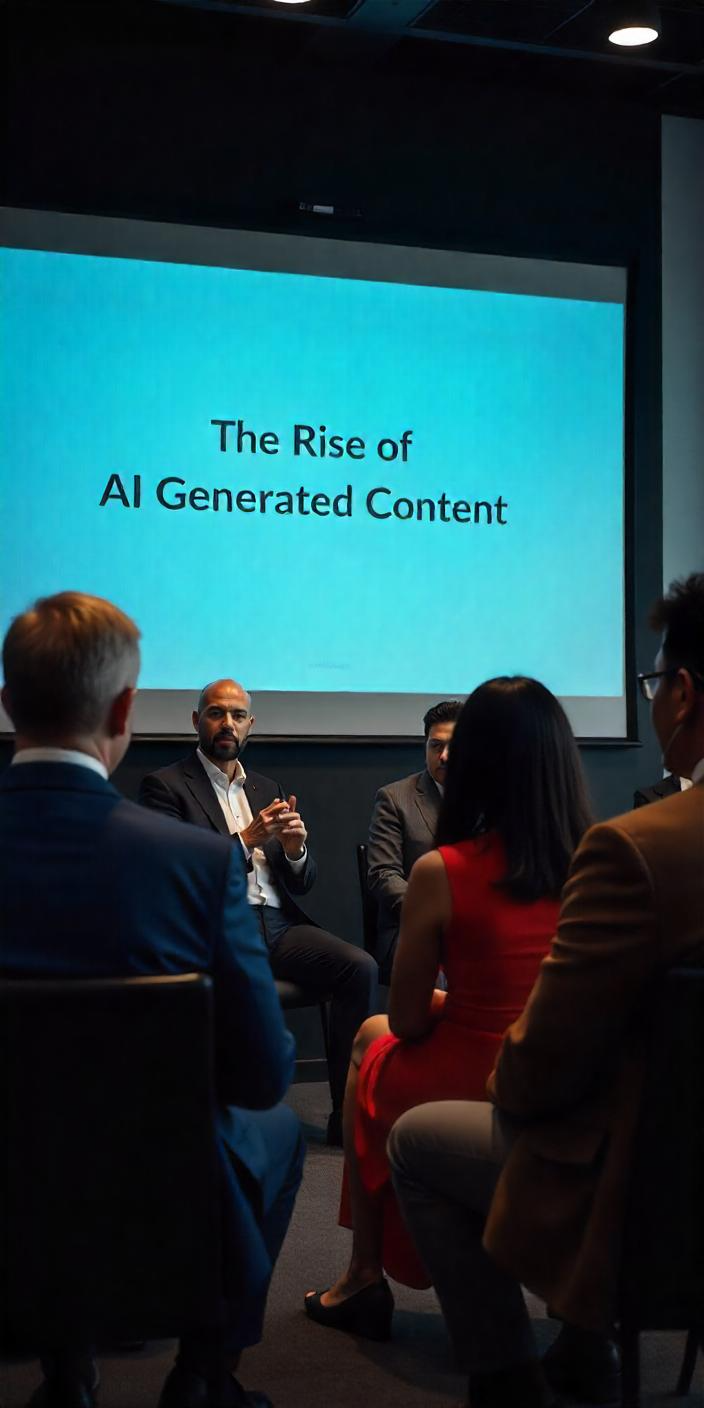Introduction
The rapid advancement of artificial intelligence (AI) has revolutionized content creation across various industries. From automated journalism and AI-generated art to machine-composed music and self-writing code, AI has become a powerful tool for creativity. However, as AI increasingly generates unique and valuable works, critical legal questions arise: Who owns the intellectual property (IP) rights to AI-generated content? Can an AI system be recognized as an author or inventor? How do existing intellectual property laws adapt to this new reality?
This article examines the complex legal landscape surrounding AI-generated content, focusing on global intellectual property frameworks, judicial precedents, and emerging regulatory trends. The discussion is particularly relevant for businesses, content creators, and legal professionals, especially those navigating real estate law, intellectual property rights, and technology law—areas where CHAMAN Law Firm provides legal expertise.
Understanding AI-Generated Content
AI-generated content refers to creative works—such as text, images, music, and software code—produced by artificial intelligence systems without direct human authorship. These AI systems rely on machine learning algorithms, neural networks, and large datasets to generate outputs that often rival human-created content in quality and originality.
AI-generated content can be categorized into two main types:
1.Fully Autonomous AI-Generated Content – Content created with minimal or no human intervention. Examples include OpenAI’s GPT models producing articles and DALL·E generating digital artwork.
2.Human-AI Collaborative Content – Content created through significant human input, such as an artist using AI tools to refine or generate parts of their work.
The key legal issue in both scenarios is whether AI-generated content qualifies for intellectual property protection and, if so, who holds the rights.
Current Intellectual Property Frameworks and Their Applicability to AI
Intellectual property law primarily protects human creativity through copyrights, patents, trademarks, and trade secrets. However, AI-generated content challenges traditional IP doctrines. The three major IP regimes affected are:
1. Copyright and AI-Generated Works
Copyright law grants authors exclusive rights to their original works. However, most copyright laws worldwide assume human authorship.
Global Perspectives on AI Copyright Ownership
•United States: The U.S. Copyright Office has consistently denied copyright protection to AI-generated works without human authorship. In Thaler v. Perlmutter, a federal court affirmed that works created by non-human entities do not qualify for copyright protection.
•United Kingdom: The UK Copyright, Designs and Patents Act 1988 is one of the few legal frameworks acknowledging AI-generated content. It states that “the author shall be taken to be the person by whom the arrangements necessary for the creation of the work are undertaken.” This suggests that the AI’s programmer or user may be considered the author.
•European Union: The EU Copyright Directive does not explicitly address AI-generated works but emphasizes human authorship.
•China: In contrast, Chinese courts have recognized copyright protection for AI-generated content where substantial human input is involved.
The challenge remains: Should AI-generated works be protected, and if so, should the rights belong to the AI’s creator, user, or the AI system itself?
2. Patent Law and AI-Generated Inventions
Patent law protects inventions that are novel, non-obvious, and useful. However, most jurisdictions require a human inventor.
Judicial Precedents on AI-Generated Inventions
•DABUS Case (United States, UK, EU, Australia, and South Africa): Dr. Stephen Thaler attempted to list an AI system, DABUS, as an inventor on patent applications. The U.S., UK, and EU rejected the application, affirming that only humans can be inventors. However, South Africa granted the patent, recognizing AI as an inventor for the first time.
This legal inconsistency highlights the urgent need for clearer patent laws regarding AI-generated innovations.
3. Trademark Law and AI-Generated Brands
Trademarks protect distinctive signs, names, and symbols associated with goods or services. While AI can assist in branding, trademark law remains largely unaffected by AI authorship issues. However, if AI autonomously generates brand names or logos, determining ownership could become contentious.
Key Legal Questions Surrounding AI-Generated Content
1.Can AI Be Considered a Legal Author or Inventor?
Most legal systems do not recognize AI as an author or inventor, reinforcing the necessity of human attribution.
2.Who Owns AI-Generated Content?
The ownership debate generally falls among three parties:
•The AI Developer/Programmer (who created the AI)
•The AI User (who provides input and guidance)
•The Company or Entity that owns the AI system
3.How Do Existing IP Laws Adapt to AI?
Legislators must consider whether AI-generated content should be protected under traditional IP laws or require a new legal framework.
Proposed Approaches to AI and Intellectual Property
1.Recognition of AI as a Legal Entity: Some experts propose granting AI legal personhood, similar to corporations. However, this raises ethical and accountability concerns.
2.Expanding Copyright and Patent Laws: Legislators could amend laws to recognize AI-assisted creations, ensuring human involvement remains a requirement for ownership.
3.New Licensing Models: AI-generated works could be treated as public domain unless explicitly assigned rights through licensing agreements.
4.International Harmonization of AI-IP Laws: Given AI’s global impact, harmonizing intellectual property laws could prevent jurisdictional inconsistencies.
Implications for Businesses and Legal Practitioners
For businesses leveraging AI in content creation, including real estate firms, legal consultancies, and media companies, understanding IP ownership is crucial. CHAMAN Law Firm, with its expertise in real estate law and corporate advisory services, is well-positioned to assist businesses in navigating AI-related IP complexities.
Practical Recommendations
1.Draft Clear AI-Related Contracts: Define ownership rights in agreements between AI developers, users, and businesses.
2.Monitor Emerging Legal Developments: Stay updated on new legislation and court rulings affecting AI-generated content.
3.Consider Trade Secret Protection: Where copyright or patents are uncertain, businesses may rely on trade secrets for proprietary AI-generated content.
CONCLUSION
The rise of AI-generated content presents significant legal challenges, particularly in intellectual property law. While existing frameworks largely exclude AI as an author or inventor, ongoing legal debates and legislative efforts may shape new approaches. For businesses and legal professionals, proactively addressing AI-IP issues is essential to mitigating risks and maximizing opportunities in an AI-driven world.
CHAMAN Law Firm remains at the forefront of these legal developments, offering expert guidance to businesses navigating AI-related intellectual property concerns.


